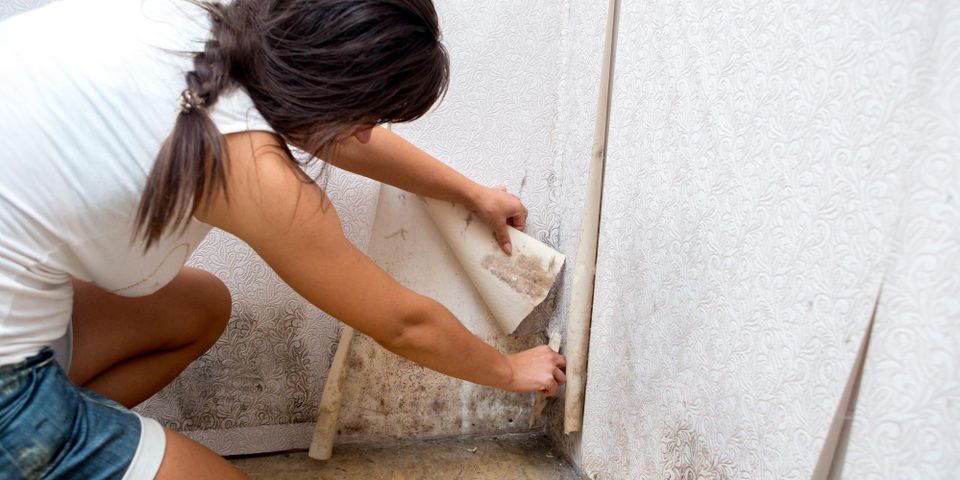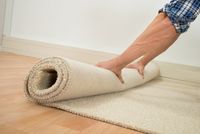
If you’re like most people, you might panic at the sight of mold in your home. A type of fungus consisting of small organisms, mold thrives in warm, dark, and damp places. Many scientists agree that spending time in environments where mold thrives can contribute to respiratory illnesses like allergy, asthma, cough, runny nose, and sinus conditions. That’s why you should help keep your home mold-free by regularly inspecting the places it’s most likely to grow.
What Are the Most Common Places for Mold?
1. Bathrooms
After a shower or bath, we often leave our bathrooms warm, dark, and wet—the three conditions mold loves most. When inspecting your bathroom for mold, pay special attention to the toilet, bathtub, tiles, bathroom mats, toothbrush holders, and towels. Also, note that musty smells, muddy tiles, ants, discolored or damaged walls, and spongy floors may indicate the presence of mold in your bathroom.
2. Kitchen
Dirty or wet dishes, spoiled leftovers, humidity from hot water or the stove, and leaking sinks make the kitchen another favorite spot of mold. In particular, the fungus thrives around the kitchen sink, expired food, wooden cutting boards, water dispensers, and window sills. Inspect these areas regularly, and as with bathrooms, pay attention to musty smells, ants, and other signs of mold in your kitchen.
3. Carpets
 The carpeting may contain moisture, dust, dirt, skin cells, pet accidents, and food or drink stains, all of which entice mold. Check for circular patterns of brown, black, or greenish stains and, as always, musty smells. You can also feel the carpet for moisture, which usually indicates mold. If you observe these warning signs, peel back the carpet to verify the mold’s presence.
The carpeting may contain moisture, dust, dirt, skin cells, pet accidents, and food or drink stains, all of which entice mold. Check for circular patterns of brown, black, or greenish stains and, as always, musty smells. You can also feel the carpet for moisture, which usually indicates mold. If you observe these warning signs, peel back the carpet to verify the mold’s presence.
4. Air Conditioners
Due to their high level of moisture, AC units frequently attract mold, especially when they sit unused for long periods. If you notice a musty smell coming from your AC, mold may be the culprit. Use a flashlight to examine the inside of the unit for streaks or clusters of brown, black, or greenish stains.
5. Attic
In addition to being dark, an attic typically contains a considerable amount of dust and little airflow, making it an ideal environment for mold. Regularly check your attic for musty smells, dark patterns that resemble circles or crescent moons, and spots that are brown, green, orange, white, dark gray, or black.
If you’re concerned about mold in your home, turn to the experts at A3 Environmental in Zionsville, IN. The family-owned and -operated company knows how essential it is to keep your loved ones safe. That’s why they approach every mold testing and removal project with precision and care. To further protect homes and businesses throughout the area, they also provide asbestos remediation. Learn more about the team online, and call (812) 384-6121 to schedule a consultation today.
About the Business
Have a question? Ask the experts!
Send your question

